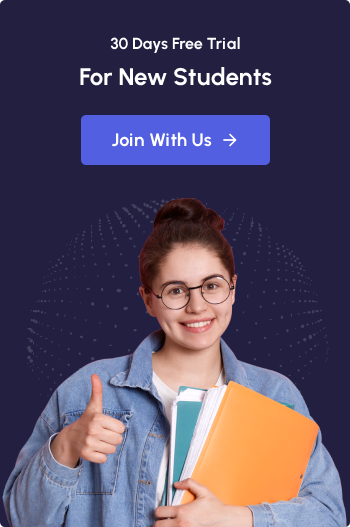
It is universally understood that student life is a constant rush. From worrying about grades to ample extracurricular commitments and balancing a need to socialise, managing it all can be quite challenging. Learning truly is important. But learning how to learn is a just as vital life skill. And today, that is exactly what we shall address.
According to Neurosciences, different media stimulates different parts of the brain. So it is more likely for one to retain and understand facts when more areas of the brain are activated. So, learning the same information through multiple mediums can actually help in retaining faster and better-grasping concepts.
To elucidate this, students may use these study tips to better learn their topics, not just in terms of understanding them, but doing so easily!
Read & Maintain class notes- Taking notes in class is always emphasised, but you’d be surprised how underrated the practice is! Maintaining good notes is a good study method that always helps in keeping tabs on what you learn in class, along with being able to retain the lessons better.
Create Audio Notes- The human brain is a complex piece of machinery. It can take multiple inputs through multiple mediums. And let’s face it, reading and writing can become tiresome and monotonous pretty quick. When that happens, maintain audio notes! We’d suggest procuring a dictaphone. Though yes, smartphones can do the same thing quite easily, dictaphones are dedicated voice recorders that come without the distractions of a smartphone.
Create Video Notes- Explanatory videos and tutorials are all the rage in today’s age of social media. Video content is one of the best ways to take in information and the stretches of social media proves this. A social media website known as Vine worked as a “storytelling through videos” medium similar to the well-known platform YouTube. The difference? Each video on Vine lasted 6 seconds. Imagine! Understanding a complete story in a 6-second video! Platforms such as Vine reimagined the possibilities of engaging video content. If we can do that for entertainment, why not apply the same for learning?
Give Up Multitasking- You read that right! Despite the myths, multitasking does not work. Unfortunately, our brains just aren’t equipped for multitasking tasks that require brainpower. Our short-term memories can only store between five and nine things at once. So when you’re trying to accomplish two dissimilar tasks, each one requiring some level of consideration and attention, multitasking falls apart. Your brain just can’t take in and process two simultaneous, separate streams of information and encode them fully into short-term memory.
When information doesn’t make it into short-term memory, it can’t be transferred into long-term memory for recall later. Meaning? There is no learning.
Psychology says that beyond learning through reading and writing, audio and visual cues are the next best thing. Though the three may not necessarily work similarly for each student, it is universally understood that these three mediums are primarily effective and definitely keep things interesting as well as the study stress low. Hit a boring patch in a lesson? Now that you know how to study smart, there is no reason you can’t make learning much more interesting!

